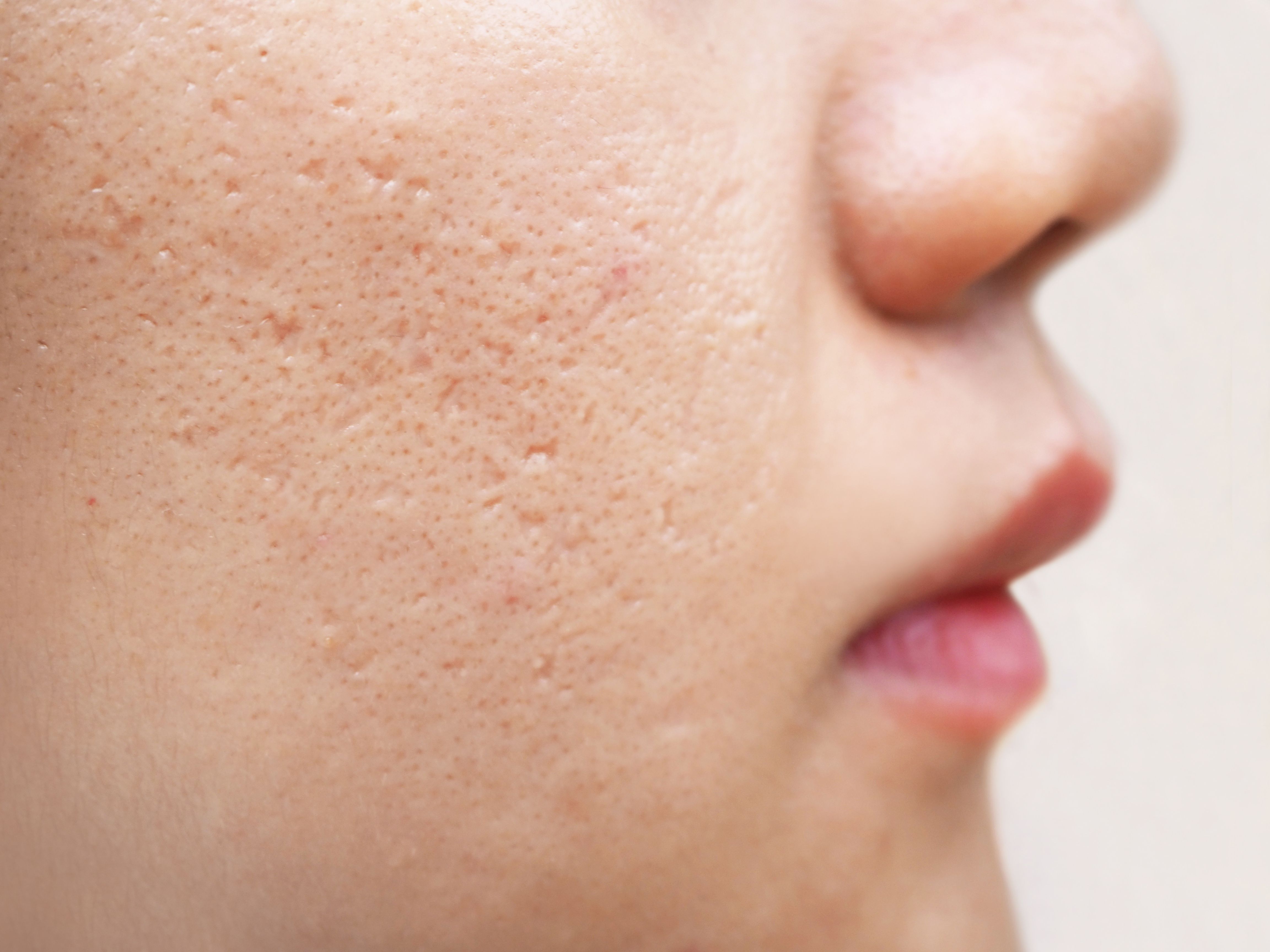- Acne
- Actinic Keratosis
- Aesthetics
- Alopecia
- Atopic Dermatitis
- Buy-and-Bill
- COVID-19
- Case-Based Roundtable
- Chronic Hand Eczema
- Chronic Spontaneous Urticaria
- Drug Watch
- Eczema
- General Dermatology
- Hidradenitis Suppurativa
- Melasma
- NP and PA
- Pediatric Dermatology
- Pigmentary Disorders
- Practice Management
- Precision Medicine and Biologics
- Prurigo Nodularis
- Psoriasis
- Psoriatic Arthritis
- Rare Disease
- Rosacea
- Skin Cancer
- Vitiligo
- Wound Care
News
Article
General Practice Evaluation of the TARGET Acne Toolkit
Author(s):
A recent study found that pharmacy professionals had an increased level of capability, opportunity, and motivation after accessing the resource.
Image Credit: © New Africa - stock.adobe.com

Although pharmacists and pharmacy technicians (together identified as pharmacy professionals) can effectively treat and advise on mild acne as part of a minor ailments service, patients with moderate to severe disease face first-choice agents including prescription-only topical or oral antibiotics. Despite concerns about antimicrobial resistance (AMR), recent studies have shown a high rate of antibiotic prescriptions for acne.1
Guidelines recommend caution in prolonged antibiotic use due to AMR risks, emphasizing the importance of regular patient reviews to ensure appropriate prescribing aligns with the National Health Service (NHS) goals in England.2To support responsible antibiotic use, initiatives like the TARGET antibiotics toolkit (Treat Antibiotics Responsibly, Guidance, Education and Tools) led by the UK Health Security Agency (UKHSA) provide resources for primary care clinicians, including guidance specific to acne management. A new 'How to…' tool, developed collaboratively and hosted on the TARGET website, aims to assist pharmacy professionals in general practice with evidence-based strategies for acne management.3
Methods
The COM-B model was applied to assess acne management before and after piloting of the TARGET acne ‘How to...’ resources. Statements about acne management were developed and classified as either ‘capability,’ ‘opportunity,’ or ‘motivation’ by a consensus of expert pharmacy professionals. Participants rated their agreement with the 21 predefined statements on a 5-point Likert scale, with a free-text response also available.
Results
Overall, 141 individuals completed the survey, with most respondents being pharmacists (n = 121). The remaining responses were completed by pharmacy technicians. As for the follow-up survey, 75 respondents chose to participate, out of which 19 completed it within the stipulated 2-week period. Responses were gathered from participants across all 7 NHS England regions, as well as Wales, Scotland, and Northern Ireland.
Of the 141 individuals who responded to the initial survey, 90 (64%) were already familiar with the TARGET toolkit resources and 19 (21%) used them regularly. Most were aware of therequirement for antimicrobial stewardship (AMS) and the national outcome framework targets for antibiotic prescribing (113;80% and 109;77%, respectively). Over half of the cohort (81; 57%) stated they would like to join a community of practice for AMS.
Although the initial survey found that all respondents had high motivation for managing acne, it found that capability and opportunity were moderate. When separated by profession, the study found that pharmacy technicians had a lower, but not significant, capability score than pharmacists, but similar motivation and opportunity. Researchers suggested this may warrant further research into unmet training. They found that after accessing the ‘How to...’ resources, the overall capability, opportunity, and motivation of pharmacy professionals “significantly” increased.
Feedback
Researchers stated that all sections of the TARGET acne resources were deemed useful, with free-text feedback all positive. Regarding areas of improvement, participants suggested improvement related to look and feel, which can be “easily addressed” before making this widely available. Researchers reported that all pharmacy professionals were seen to benefit from the resource.
Conclusion
The study found that the TARGET acne ‘How to’ resources were able to improve the confidence in capability, opportunity, and motivation of managing acne and were deemed to be useful in supporting the pharmacy professionals surveyed. Some minor alterations to the look and feel were suggested to aid user accessibility. Researchers stated it would be beneficial for these resources to be embedded in frameworks for pharmacy professionals working in general practice as an evidence-based AMS resource for the management of acne.
References
- Lown M, McKeown S, Stuart B, et al. Prescribing of long-term antibiotics to adolescents in primary care: a retrospective cohort study. BJGP. 2021;71 (713): e887-e894. doi: 10.3399/BJGP.2021.0332
- Alderwick H, Dixon J. The NHS long term plan. BMJ. 2019; 364 :l84 doi:10.1136/bmj.l84
- Sonnex K, Thornley T, Fleming N, et al. Pilot and quantitative evaluation of the TARGET acne toolkit by UK pharmacy professionals working in general practice. BMJ Open. 2024;14(7):e081641. Published 2024 Jul 8. doi:10.1136/bmjopen-2023-081641
Newsletter
Like what you’re reading? Subscribe to Dermatology Times for weekly updates on therapies, innovations, and real-world practice tips.











